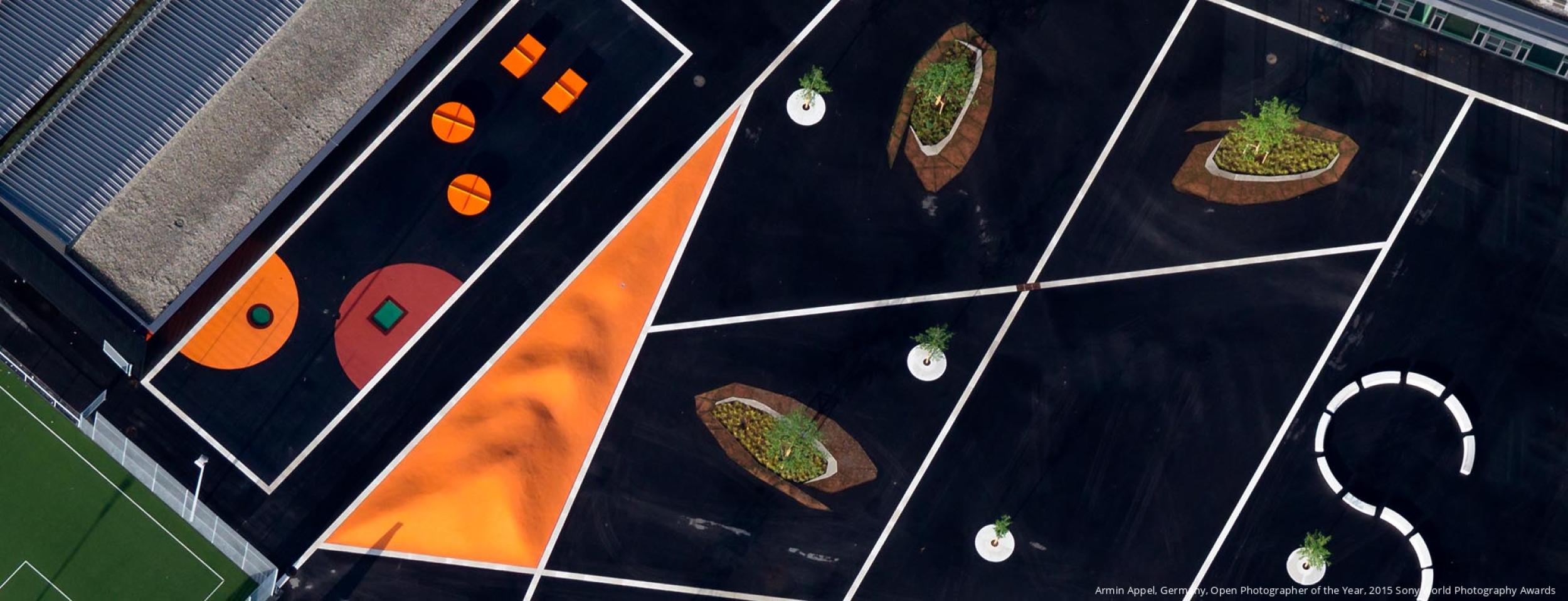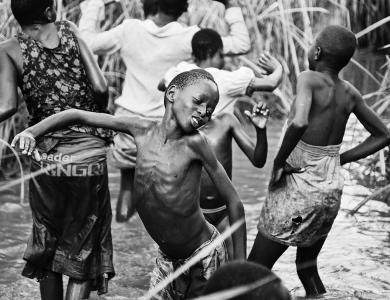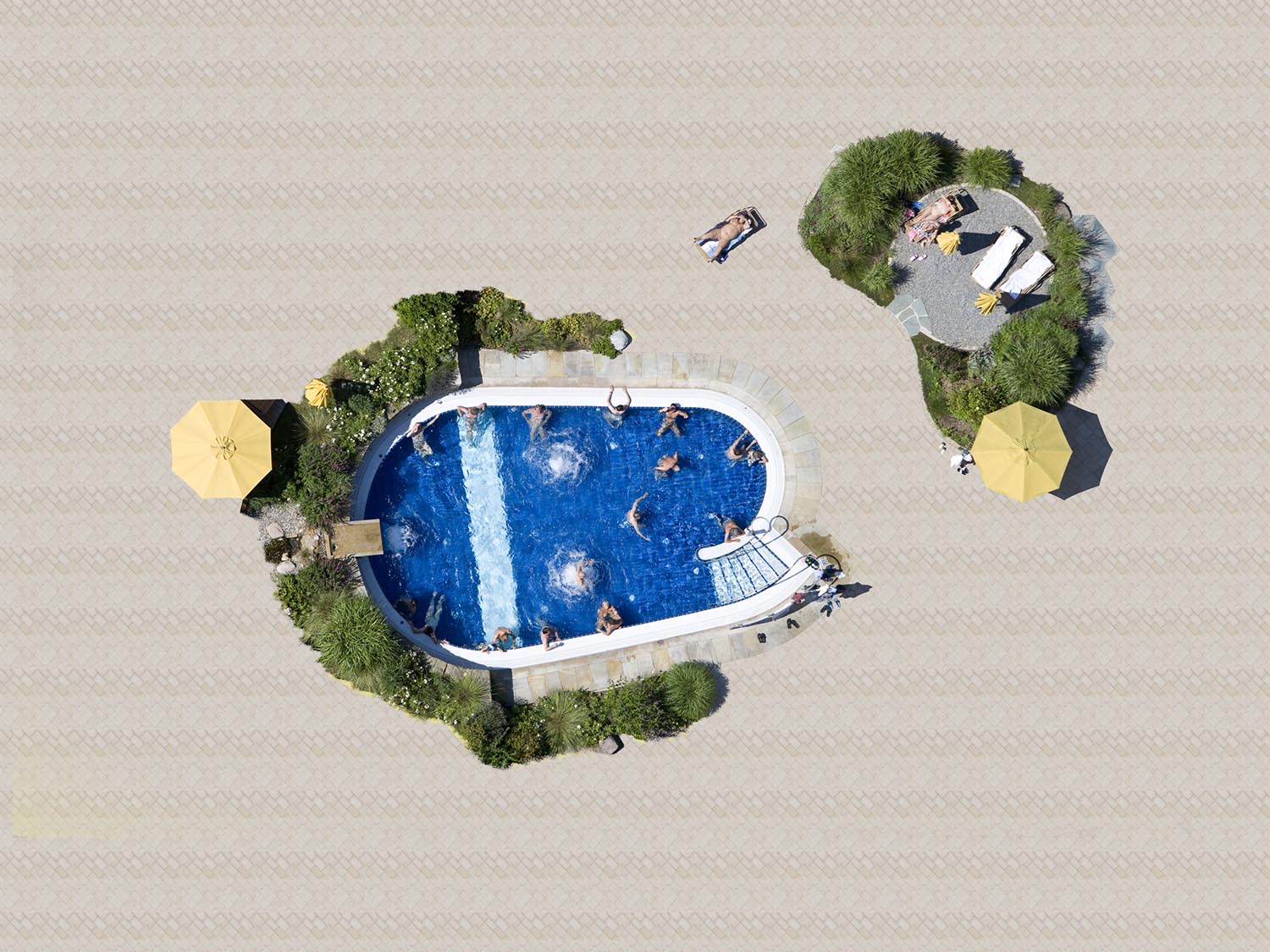 © Stephan Zirwes, Germany, 3rd Place, Professional, Architecture, 2016 Sony World Photography Awards
© Stephan Zirwes, Germany, 3rd Place, Professional, Architecture, 2016 Sony World Photography Awards

Why is it that when we see miles and miles of residential housing or the endless knotting of motorways and highways from high above, they often come across as scenes of exquisite beauty?
With our feet on the ground, we take for granted - or even find mundane - a normal street of houses. And we are often repulsed and angered by rush-hour on our roads. When done well, aerial photography seems to have the remarkable ability of turning our perception of everyday life into something richly aesthetic.
The beautiful is still beautiful. The plains of Africa seen from a jeep are just as stunning and as varied as from the seat of a helicopter. The crashing of waves into the Hawaiian coast is as impressive from a surfboard as it is from a glider, plane or drone. And the same can be said for the majority of the natural world: waterfalls, mountain ranges, the great rivers and lakes, an archipelago of remote islands - aerial photography does provide us with an alternative view of these vistas, but we already instinctually appreciate their beauty.
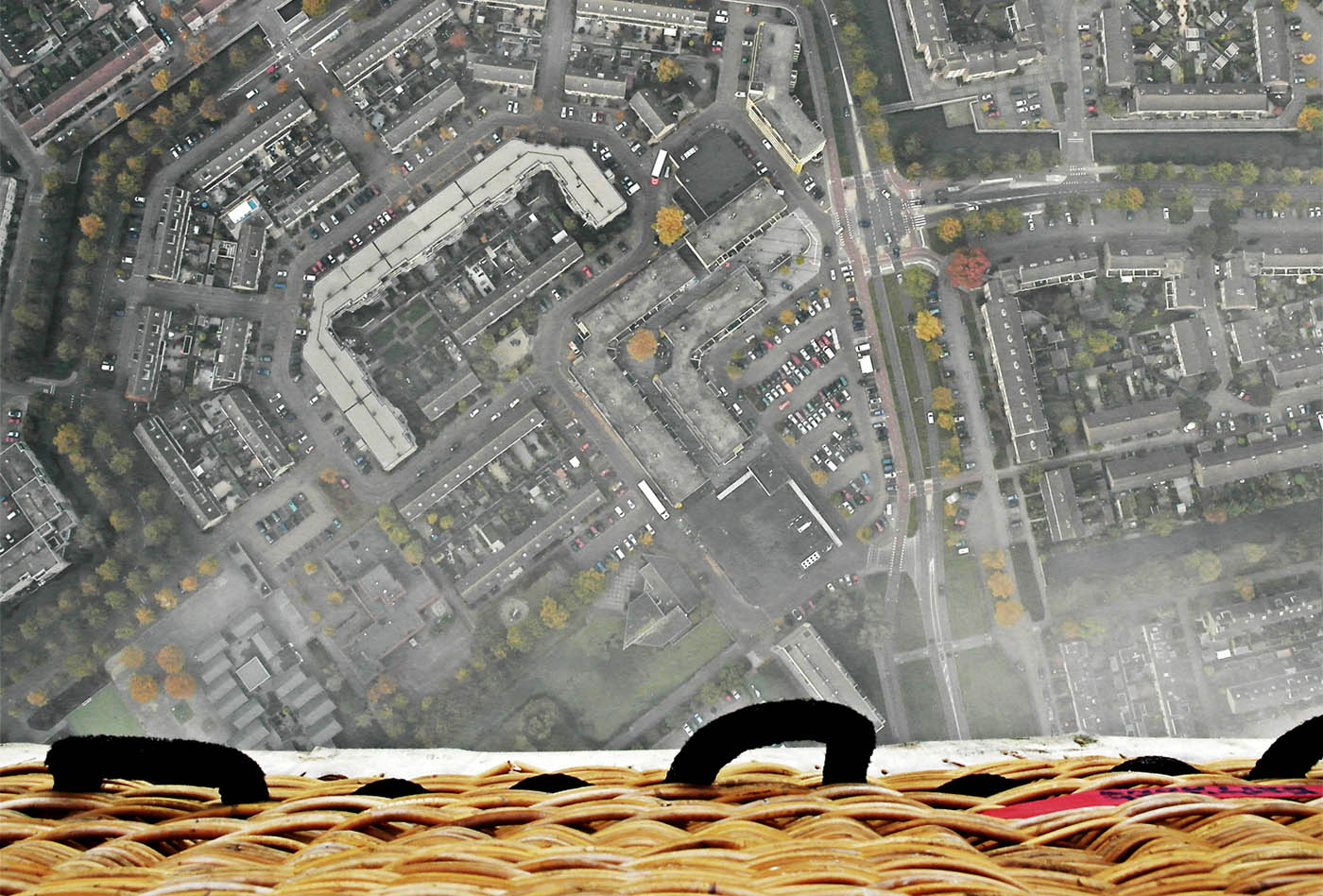
So how does our man made world stack up? We understand the harm oil fields and mining sites inflict on our Earth, but we can’t deny their visual majesty, whether from up-close or from high above. The sight of hundreds of fighter planes sitting calmly amid an army base is imposing, but splendid too; despite the destruction we know they are capable of wielding, we can’t escape the stately symmetry they evoke.
And then we have the roads, the traffic, the houses, the office buildings, the sunbeds on our beaches - the everyday seems to take on a new life when seen from above and photographed originally and creatively. Is it the fact that we are removed from these scenarios and so can relate to them from a purely visual perspective that they can become so beautiful? Or is it that suddenly, we can see patterns and forms and colours in our everyday lives that we are just not used to seeing?
Like the rest of the photographic world, aerial photography is now no longer just the realm of successful professional photographers or the well-off in need of a hobby. With drones now available to those with just a small amount of disposable income and camera equipment becoming cheaper, smaller, more robust and better in quality, shooting scenes from hundreds of feet above our heads is getting simpler and easier.
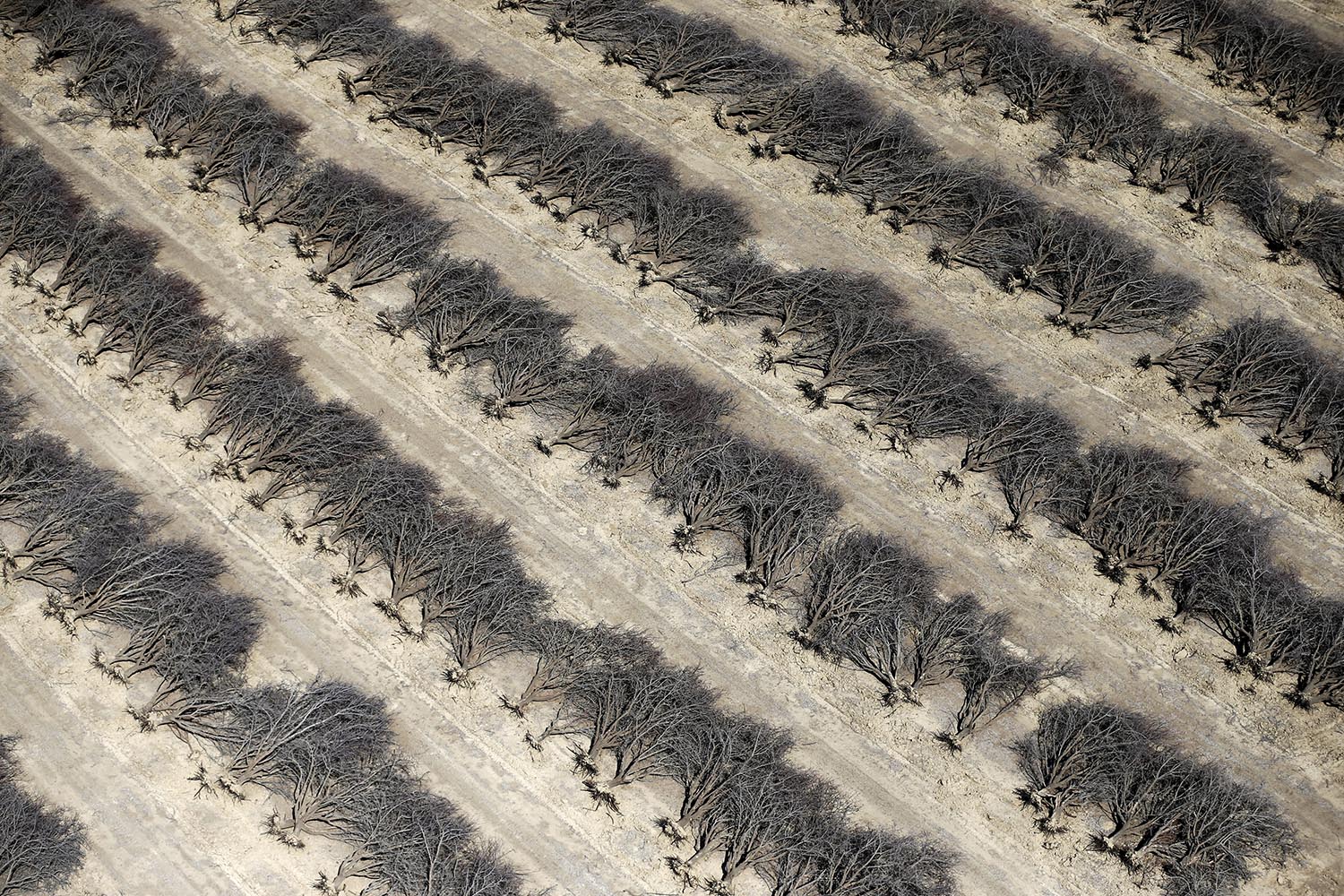
Of course, as with mobile photography and many other genres of photography, accessibility and ease does not guarantee quality. We are not suddenly going to see an influx of projects resembling Yann Arthus-Bertrand’s groundbreaking, epic series, Earth from Above (‘la Terre vue du ciel’), which has sold over 3 million copies, was translated into 24 languages worldwide and turned into a travelling exhibition that was seen by 120 million people.
And neither do I think we will see respected galleries putting on more aerial photography exhibitions than they currently are. On the contrary, the new accessibility factor of aerial photography will force galleries, editors and curators to be even more vigilant and careful with the work they select.
Whether it’s because of cheaper helicopter flights, hot air balloon photography expeditions or the use of drones in our back gardens and streets, we’ll see much more of our Earth from above in the next decade. Like everything else, we just need to sift through it all to find and showcase the best photography.

